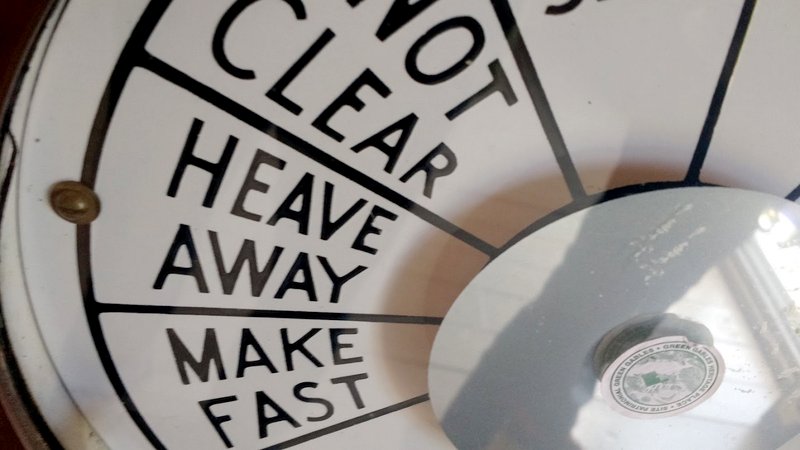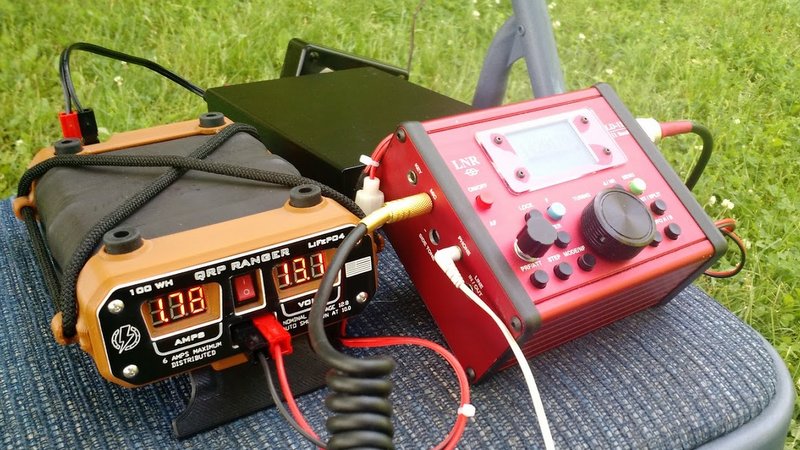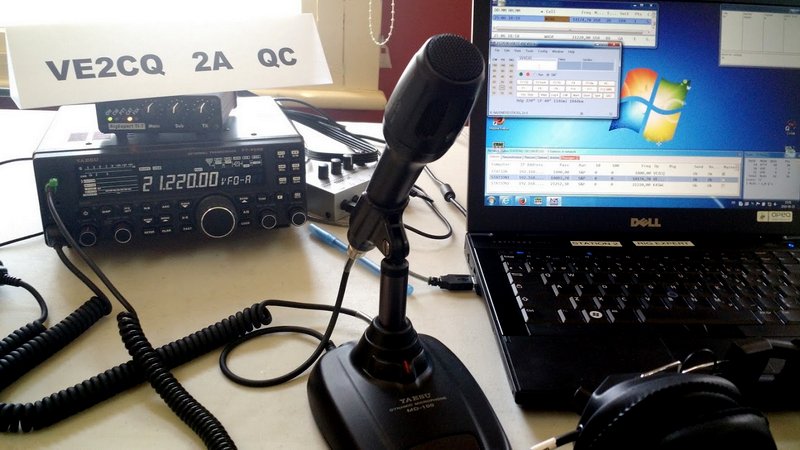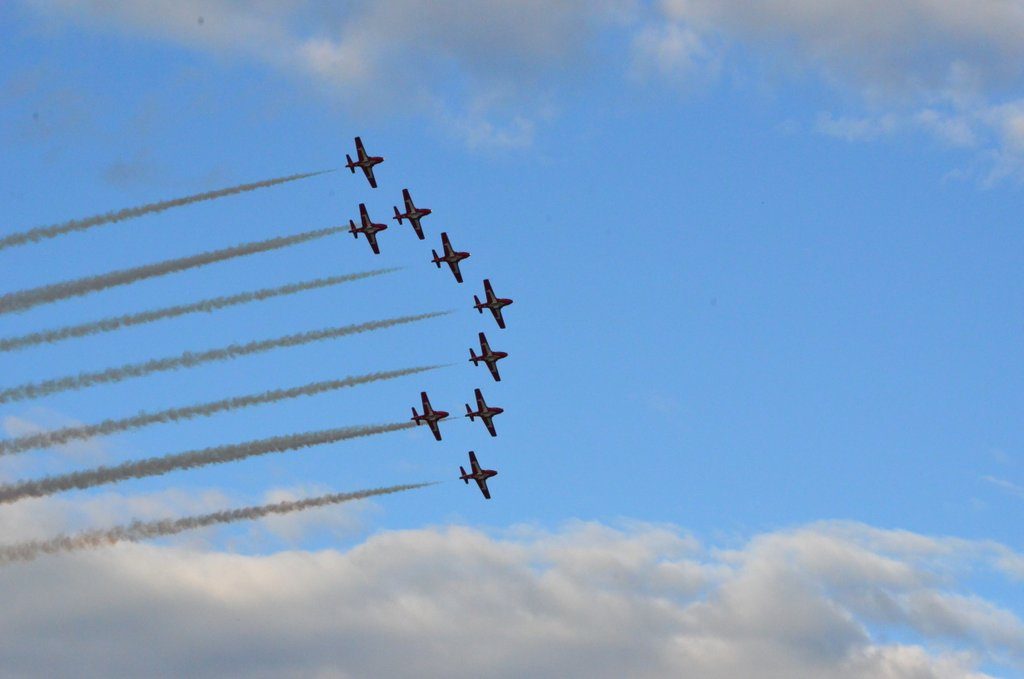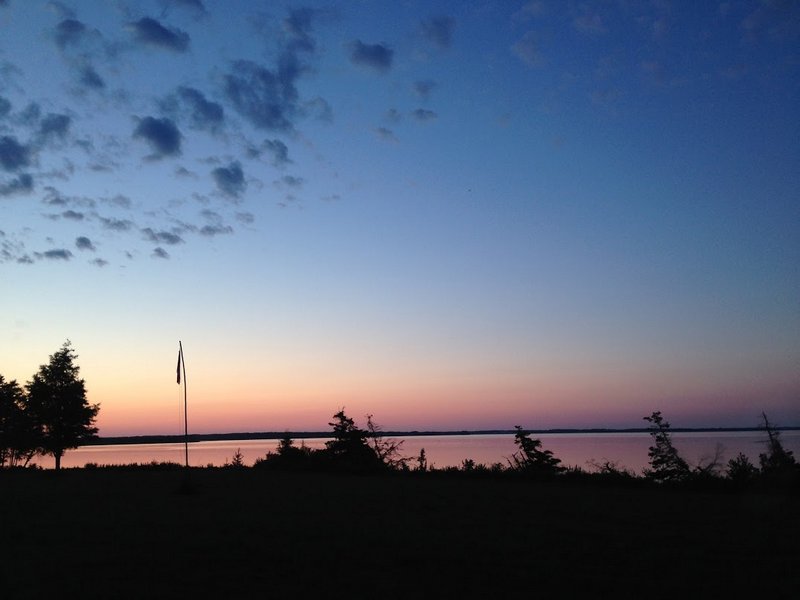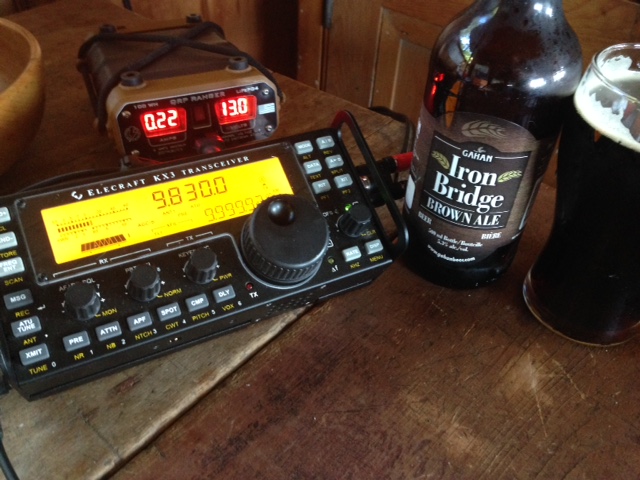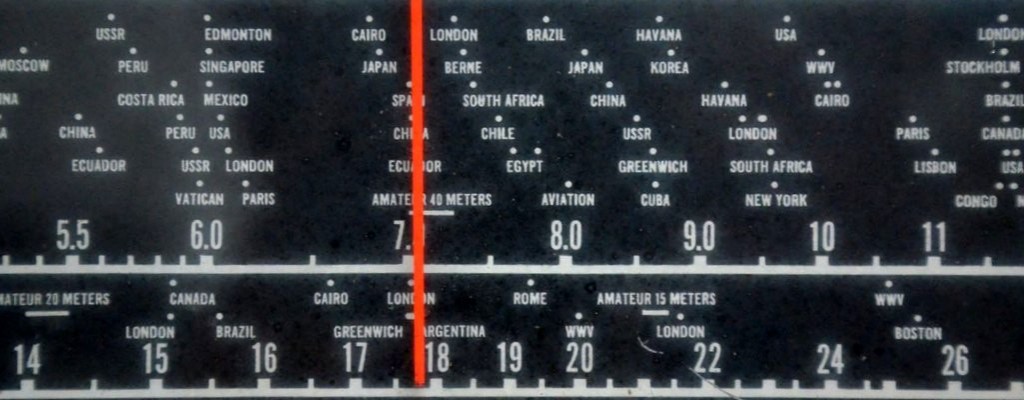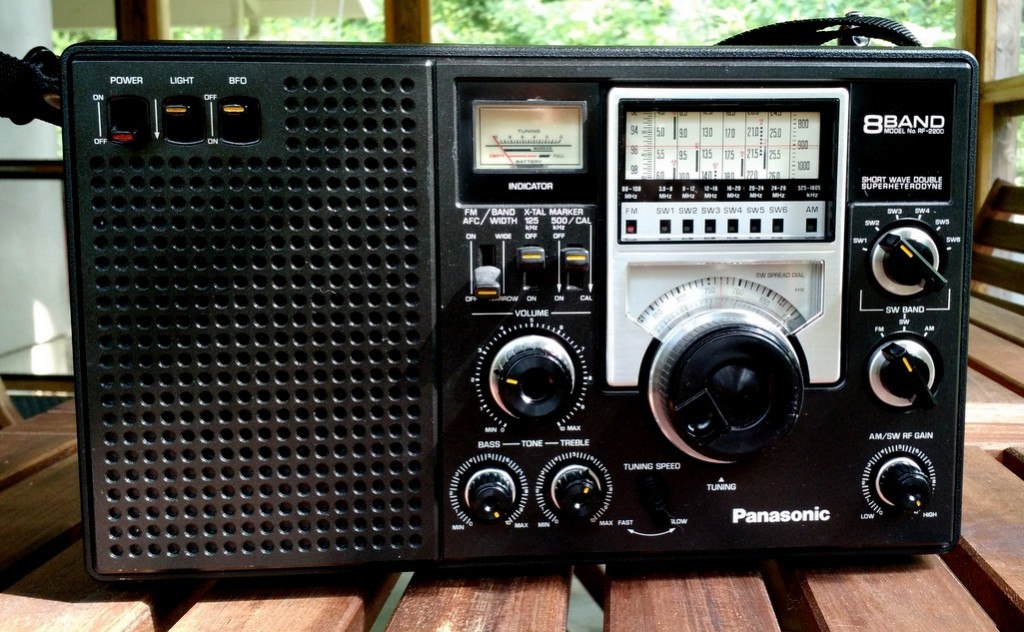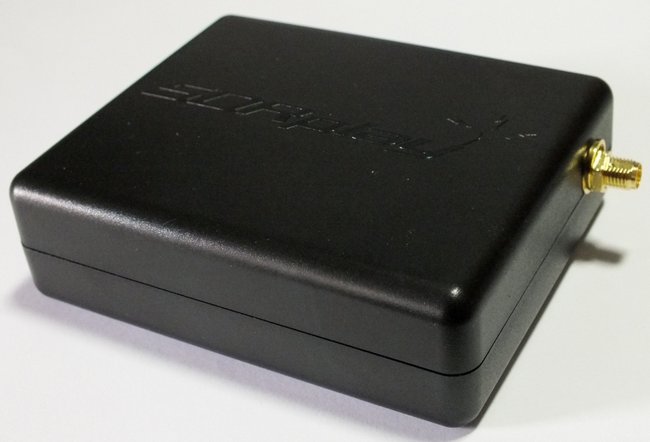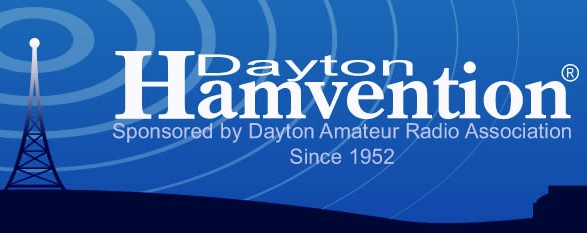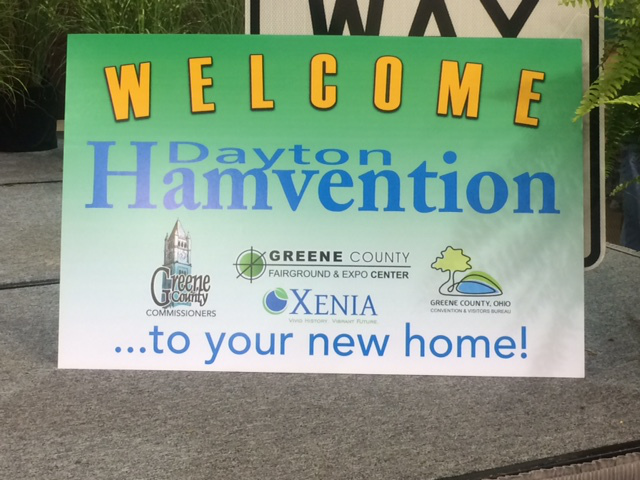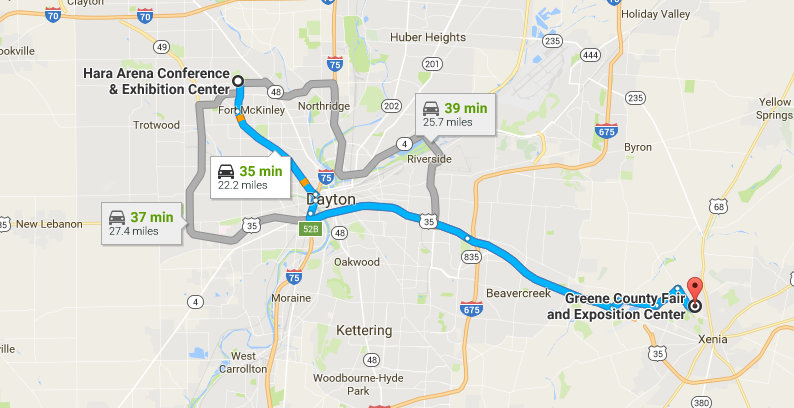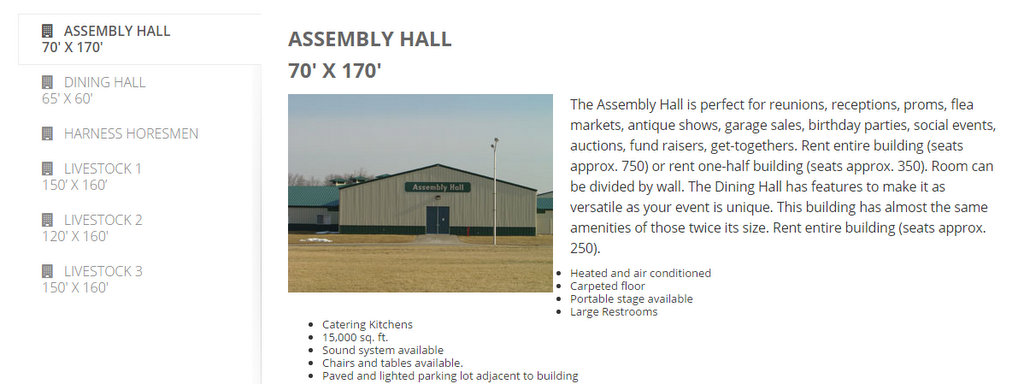CBC Radio 1, Gander, heard in Oxford UK
A really great signal from CBC Radio 1 Gander – the best I’ve ever heard on this or any other medium wave frequency, complete with a clear station ID and very much out of season so-to-speak. I can’t remember recording any Medium Wave transatlantic signal with an audio bandwidth filter of 7 kHz, which says everything about the relative strength of this signal; 2.5 to perhaps 4 kHz would be more typical. As the subscribers to my youtube channel Oxford Shortwave log will know, I dabble in Medium Wave DXing, however, it requires a lot of patience because conditions of good propagation can occur quite infrequently. This is where the band recording features incorporated into the Elad FDM-SW2 software (and similar software for other SDR receivers) come into their own, allowing you to record the entire medium wave band, for example, for later analysis. As for the Wellbrook ALA1530 active loop antenna, I can’t praise it highly enough, both in terms of combating QRM and overall performance as a function of compactness.
Recorded in Oxford UK using an Elad FDM DUO and Wellbrook ALA1530 active loop antenna (indoors) on 29/06/16 at 03:00 hrs UTC.
Clint Gouveia is the author of this post and a regular contributor to the SWLing Post. Clint actively publishes videos of his shortwave radio excursions on his YouTube channel: Oxford Shortwave Log. Clint is based in Oxfordshire, England.

